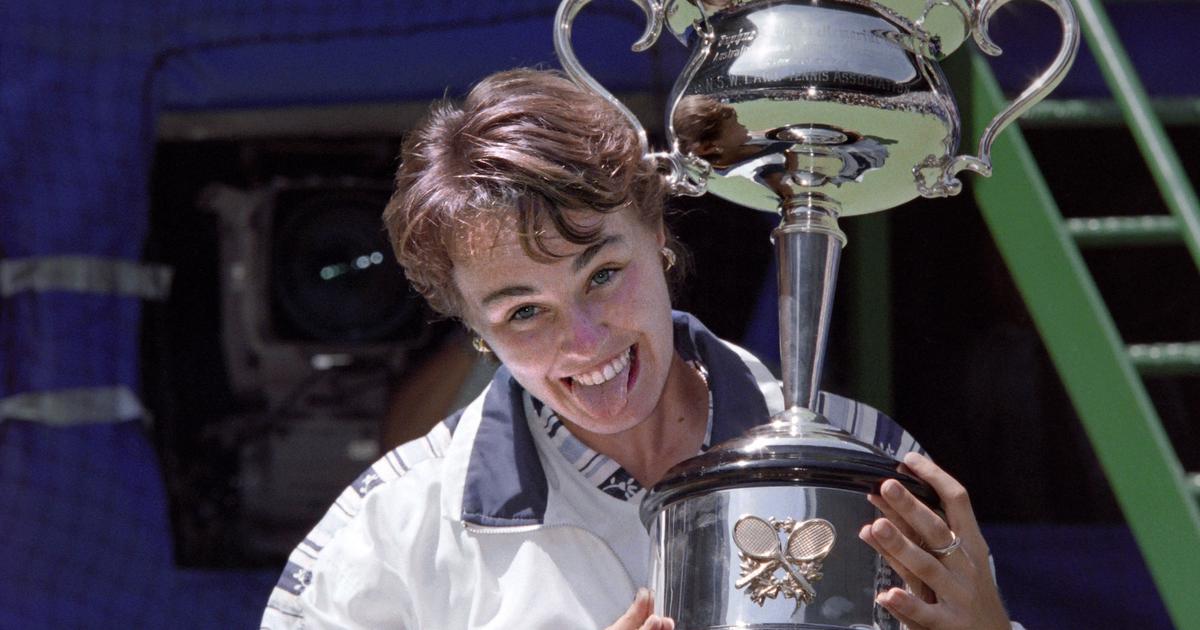In the history of tennis, very few names resonate with awe as Martina Hingis. Her story is an inspiring reminder that in the world of sports, age is just a number, and greatness knows no limits.
Hingis’s early start in tennis was nothing short of phenomenal. Imagine a two-year-old, barely able to articulate words, already swinging a tennis racket. By four, she wasn’t just participating in tournaments; she was competing with a seriousness that contradicted her age. This early immersion in the sport laid a foundation supporting an incredibly rapid ascent. At 12, Hingis was already a Grand Slam junior champion, hinting at the extraordinary career that lay ahead
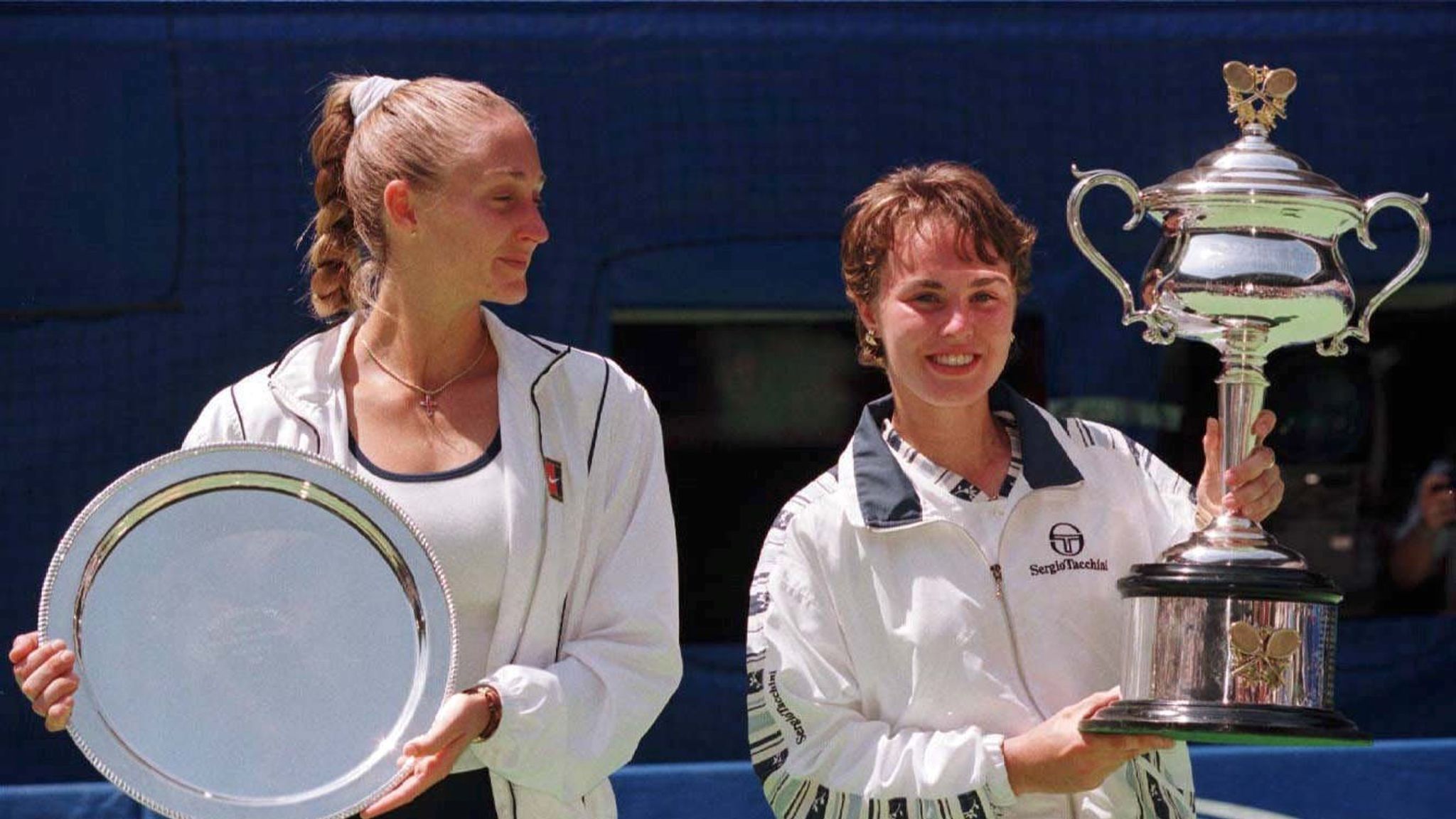 The Swiss prodigy’s transition to professional tennis was seamless yet spectacular. By 15, she was not just participating in Grand Slams; she was winning them. Her triumph in the Wimbledon women’s doubles with Helena Suková was a record-breaking feat, showcasing her gifted talent. The same year, she bagged her first professional singles title in Filderstadt, Germany, and displayed remarkable poise and skill at the Australian and US Opens. Her victory over Monica Seles in Oakland was particularly significant, as it came against a player who, along with Steffi Graf, dominated women’s tennis at the time.
The Swiss prodigy’s transition to professional tennis was seamless yet spectacular. By 15, she was not just participating in Grand Slams; she was winning them. Her triumph in the Wimbledon women’s doubles with Helena Suková was a record-breaking feat, showcasing her gifted talent. The same year, she bagged her first professional singles title in Filderstadt, Germany, and displayed remarkable poise and skill at the Australian and US Opens. Her victory over Monica Seles in Oakland was particularly significant, as it came against a player who, along with Steffi Graf, dominated women’s tennis at the time.
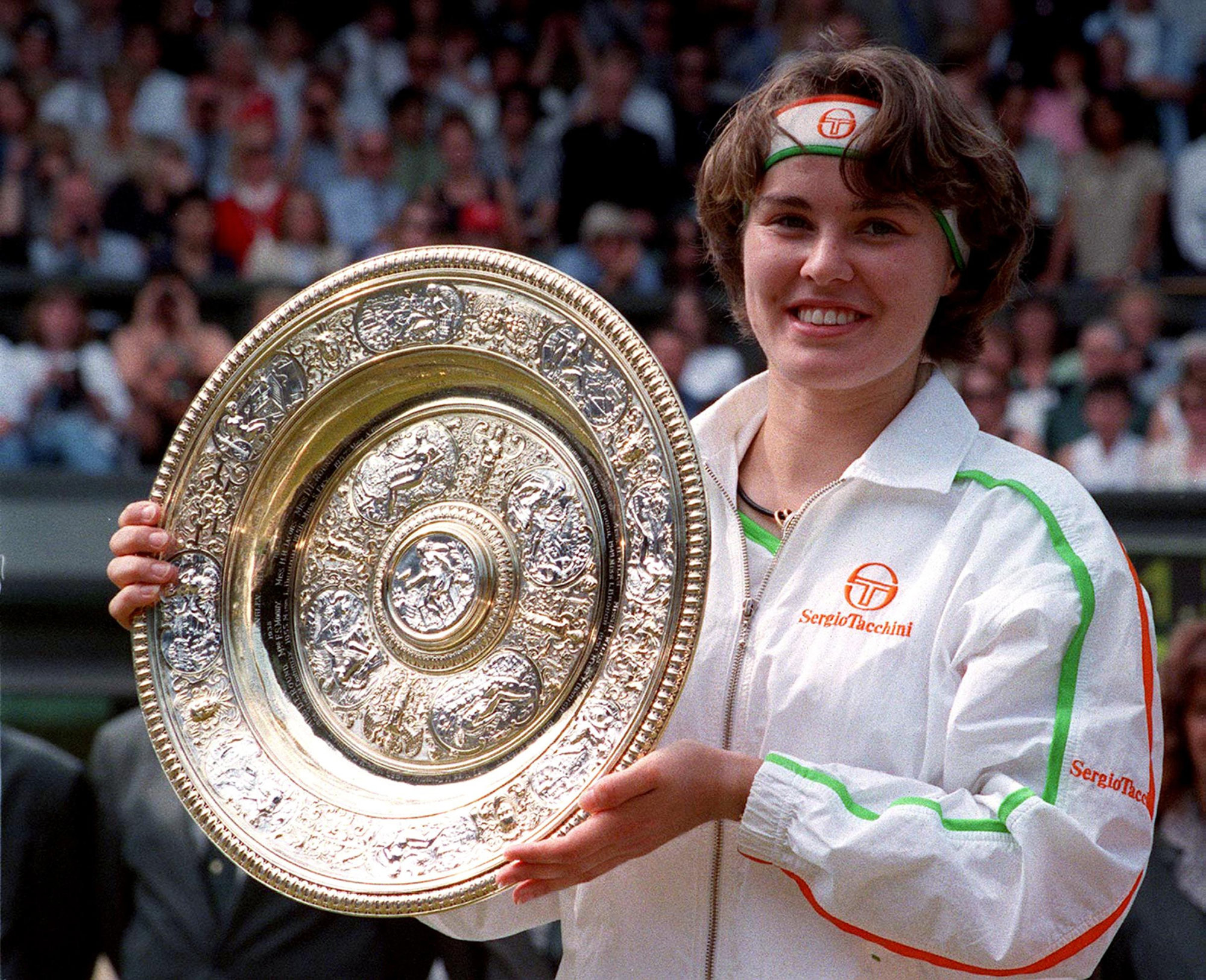 1997 was a year of meteoric ascendancy for Hingis. Achieving the World No. 1 ranking at 16 was a staggering accomplishment, placing her among the tennis greats. Winning the Australian Open not only crowned her the youngest Grand Slam singles champion of the 20th century but also exhibited her dominance in the sport. Her success was not confined to the singles court; her Australian Open women’s doubles victory with Natasha Zvereva underscored her adaptability. At Wimbledon, Hingis’s victory made her the youngest singles champion in over a century, and her triumph at the US Open over Venus Williams solidified her status as the reigning queen of the tennis world.
1997 was a year of meteoric ascendancy for Hingis. Achieving the World No. 1 ranking at 16 was a staggering accomplishment, placing her among the tennis greats. Winning the Australian Open not only crowned her the youngest Grand Slam singles champion of the 20th century but also exhibited her dominance in the sport. Her success was not confined to the singles court; her Australian Open women’s doubles victory with Natasha Zvereva underscored her adaptability. At Wimbledon, Hingis’s victory made her the youngest singles champion in over a century, and her triumph at the US Open over Venus Williams solidified her status as the reigning queen of the tennis world.
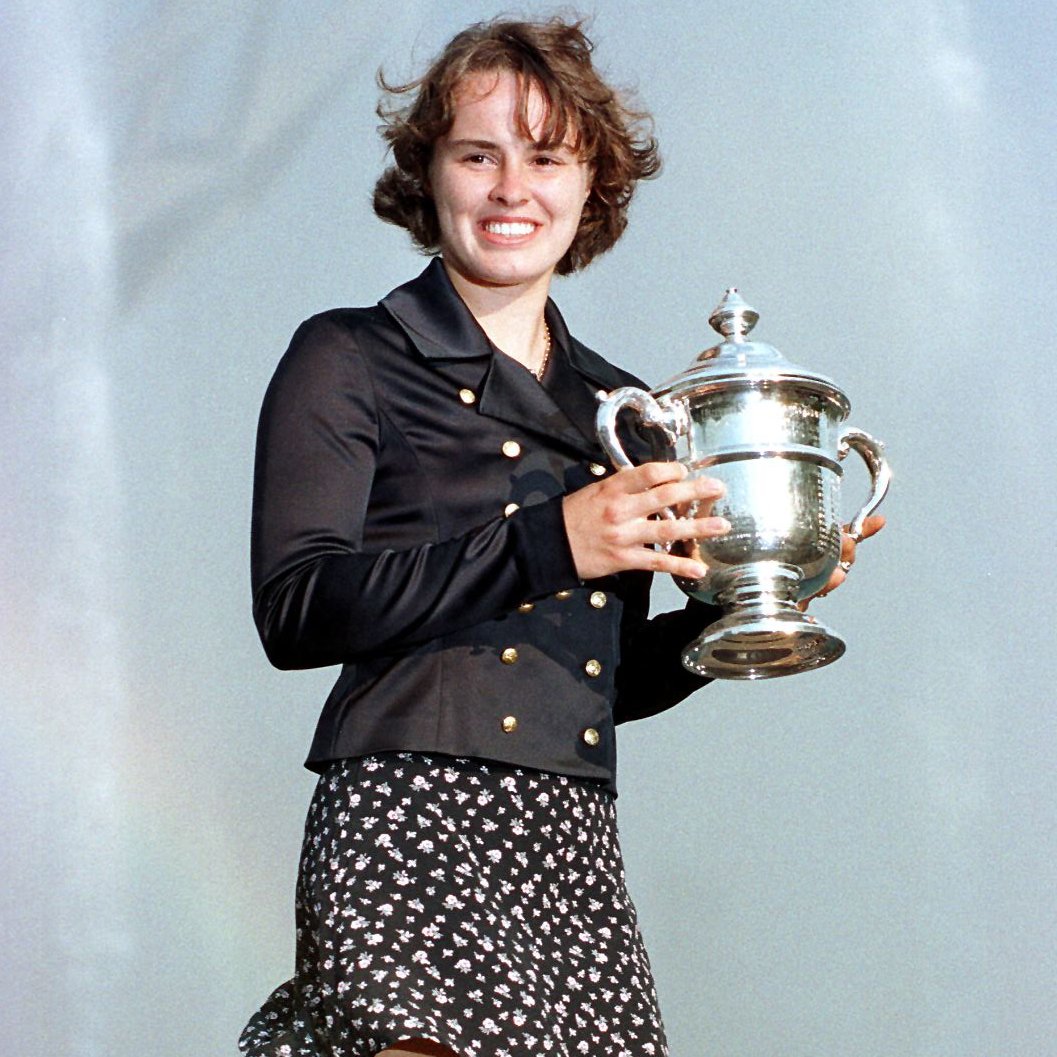 Hingis’s extraordinary ability to adapt and excel in both singles and doubles was further cemented in 1998. Winning all four Grand Slam women’s doubles titles in a calendar year placed her in a very tiny group of tennis legends. Her partnership with Mirjana Lučić and Jana Novotná was instrumental in achieving this rare feat. In singles, her defence of the Australian Open title was a testament to her tenacity, even as she faced stiff competition from the likes of Lindsay Davenport.
Hingis’s extraordinary ability to adapt and excel in both singles and doubles was further cemented in 1998. Winning all four Grand Slam women’s doubles titles in a calendar year placed her in a very tiny group of tennis legends. Her partnership with Mirjana Lučić and Jana Novotná was instrumental in achieving this rare feat. In singles, her defence of the Australian Open title was a testament to her tenacity, even as she faced stiff competition from the likes of Lindsay Davenport.
As the millennium drew to a close, Hingis continued to dazzle on the tennis court. Her prowess wasn’t just in her technical skills or her strategic understanding; it was also in her ability to handle the pressures and expectations that came with being a top-ranked player. The Australian Open of 2000, though not ending in victory, was a display of her relentless pursuit of excellence. Her consistent performance throughout the year, culminating in the retention of the year-end No. 1 ranking, spoke volumes about her mental toughness and resilience.
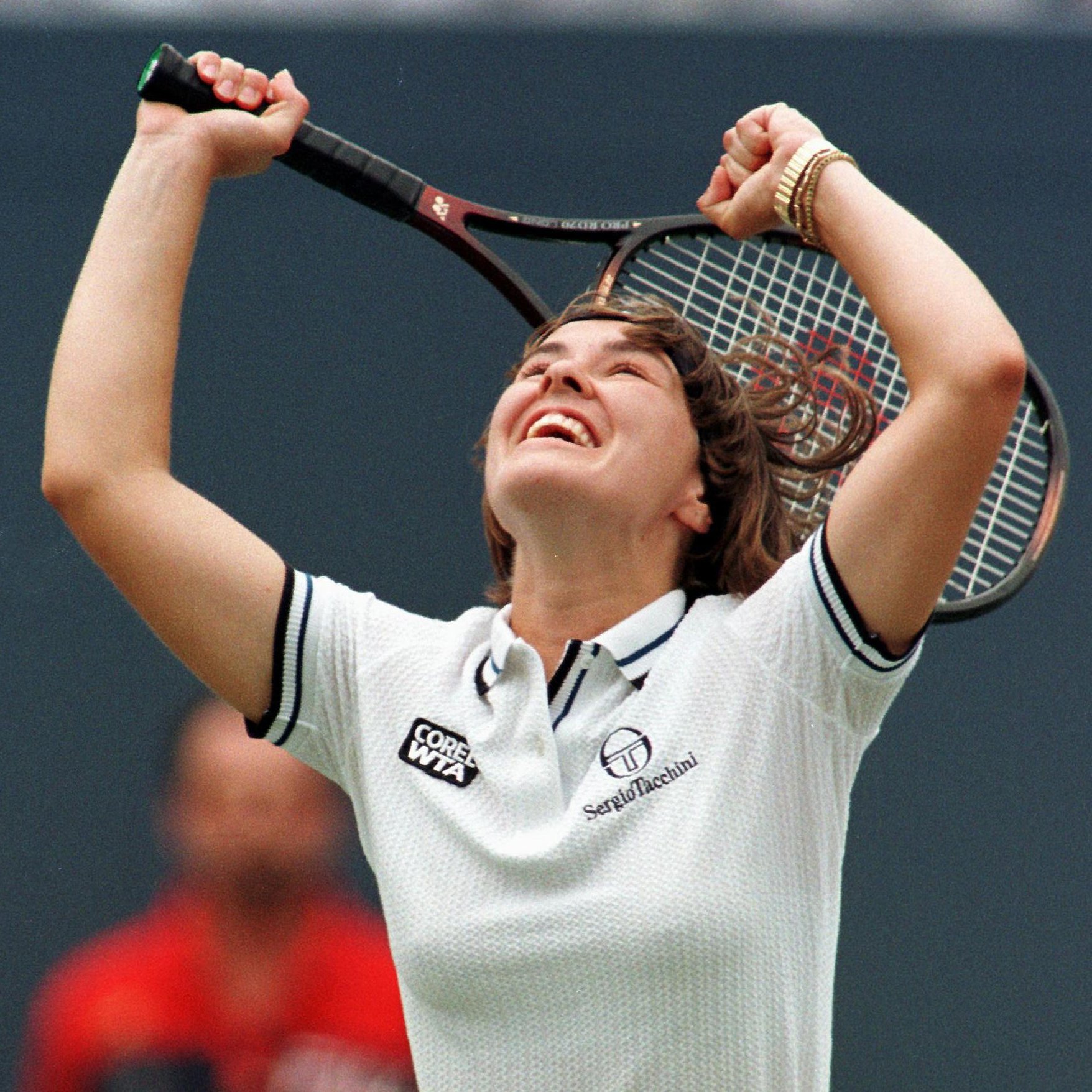 Reflecting on Hingis’s teenage years in the world of tennis evokes a sense of wonder. There was a young athlete, barely out of childhood, who not only took on the world’s best but also outplayed them. Her achievements during this period weren’t just about the records she set or the titles she won; they were about shattering the perceived limits of what a young athlete could achieve in a demanding sport like tennis. Hingis’s legacy is not merely a collection of victories and accolades but a testament to the power of youthful spirit, unshakable determination, and just sheer talent. Her story is an inspiring reminder that in the world of sports, age is just a number, and greatness knows no limits.
Reflecting on Hingis’s teenage years in the world of tennis evokes a sense of wonder. There was a young athlete, barely out of childhood, who not only took on the world’s best but also outplayed them. Her achievements during this period weren’t just about the records she set or the titles she won; they were about shattering the perceived limits of what a young athlete could achieve in a demanding sport like tennis. Hingis’s legacy is not merely a collection of victories and accolades but a testament to the power of youthful spirit, unshakable determination, and just sheer talent. Her story is an inspiring reminder that in the world of sports, age is just a number, and greatness knows no limits.
